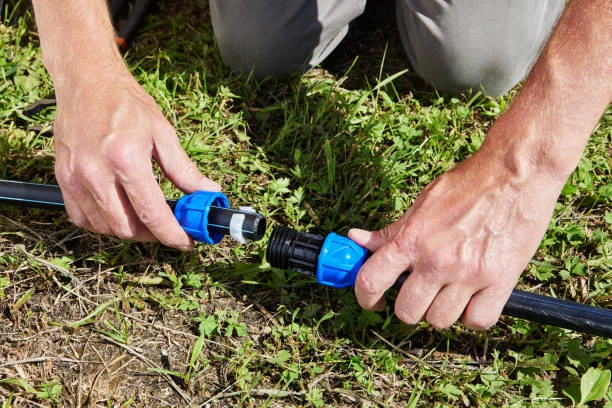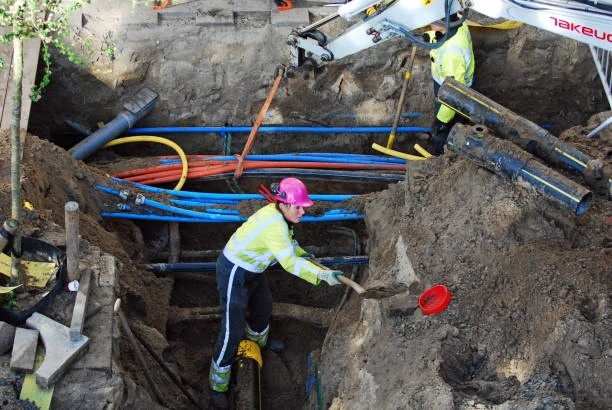In the ever-evolving world of plumbing and piping systems, maintaining high standards is essential for ensuring safety, efficiency, and durability. Recently, the ASTM International organization updated its standards for polypropylene pressure pipe fittings systems. This update marks a significant step forward in the use of polypropylene materials, ensuring they meet the growing demands of various industries. This article explores the importance of the updated standards, the benefits of polypropylene pressure pipe fittings, and the implications for manufacturers and consumers alike.
Understanding Polypropylene Pressure Pipe Fittings
Polypropylene pressure pipe fittings are components made from polypropylene, a thermoplastic polymer known for its strength, chemical resistance, and flexibility. These fittings are commonly used in a variety of applications, including plumbing, irrigation, and industrial piping systems.
Key Characteristics of Polypropylene Pressure Pipe Fittings
- Chemical Resistance: Polypropylene is resistant to a wide range of chemicals, making it ideal for various applications where corrosive substances are present.
- Lightweight: Compared to traditional materials like metal, polypropylene is significantly lighter, making it easier to transport and install.
- Durability: Polypropylene fittings are designed to withstand high pressure and temperature fluctuations, ensuring longevity in demanding environments.
- Cost-Effectiveness: The affordability of polypropylene fittings, combined with their durability, makes them a cost-effective solution for many applications.
Importance of ASTM Standards
ASTM International develops and publishes voluntary consensus technical standards for materials, products, systems, and services, making it a globally recognized organization. The recent update to the ASTM standards for polypropylene pressure pipe fittings systems is crucial for several reasons:
1. Ensuring Quality and Safety
The updated standards provide clear guidelines for the manufacturing and testing of polypropylene fittings. This ensures that products meet specific quality and safety benchmarks, which is vital for preventing leaks and failures in piping systems.
2. Promoting Industry Best Practices
The updated standards encourage manufacturers to adopt best practices in production and testing. By adhering to these guidelines, companies can enhance their product reliability and performance, ultimately benefiting consumers and end-users.
3. Supporting Innovation
As the industry evolves, so do the materials and technologies used in pipe fittings. The updated ASTM standards allow for the incorporation of new materials and technologies, supporting innovation within the industry.

Benefits of Using Polypropylene Pressure Pipe Fittings
The advantages of polypropylene pressure pipe fittings make them an attractive choice for various applications:
1. Versatility
Polypropylene fittings can be used in a wide range of applications, from residential plumbing to industrial piping systems. Their versatility allows for extensive use across different sectors.
2. Resistance to Scaling and Corrosion
Unlike metal fittings, polypropylene does not corrode or scale over time. This resistance prolongs the lifespan of the fittings and reduces maintenance costs.
3. Environmental Impact
Polypropylene is recyclable, which aligns with the growing demand for sustainable materials in construction and plumbing. Using polypropylene fittings can contribute to a more environmentally friendly approach to piping systems.
4. Easy Installation
The lightweight nature of polypropylene fittings makes them easier to handle and install, reducing labor costs and time during installation.
Implications for Manufacturers and Consumers
With the update to the ASTM standards, both manufacturers and consumers will need to adapt to new expectations:
For Manufacturers
- Compliance: Manufacturers must ensure that their products comply with the updated standards, which may involve investing in new testing equipment and quality control measures.
- Innovation: Companies that embrace the updated standards can enhance their reputation as industry leaders committed to quality and safety.
- Market Competitiveness: Adhering to the latest standards can provide manufacturers with a competitive edge in the marketplace, attracting customers who prioritize quality and reliability.
For Consumers
- Informed Choices: Consumers will benefit from the increased quality assurance provided by the updated standards, allowing for more informed purchasing decisions.
- Increased Confidence: Knowing that products meet stringent standards will enhance consumer confidence in the safety and reliability of polypropylene pressure pipe fittings.
- Long-Term Savings: Investing in high-quality fittings will lead to fewer repairs and replacements, ultimately resulting in cost savings over time.
Conclusion
The recent updates to the ASTM standards for polypropylene pressure pipe fittings systems signify a vital advancement in the plumbing and piping industry. These updates ensure that polypropylene fittings meet stringent safety and quality benchmarks, benefiting manufacturers, consumers, and the environment alike. As the industry continues to evolve, staying informed about these standards will be crucial for anyone involved in the selection, installation, or maintenance of piping systems.
Frequently Asked Questions (FAQs)
- What are polypropylene pressure pipe fittings used for?
Plumbers, irrigation specialists, and industrial workers use polypropylene pressure pipe fittings to connect pipes and ensure fluid flow. - What advantages do polypropylene fittings have over metal fittings?
Polypropylene fittings are lightweight, resistant to corrosion, and more affordable, making them easier to install and maintain. - How do ASTM standards impact the manufacturing of polypropylene fittings?
ASTM standards ensure that fittings meet specific quality and safety benchmarks, promoting best practices and supporting innovation in the industry. - Are polypropylene fittings recyclable?
Yes, polypropylene is recyclable, making it an environmentally friendly option for piping systems. - How can consumers ensure they are purchasing compliant fittings?
Consumers should look for products that explicitly state compliance with ASTM standards, ensuring their quality and reliability.


















